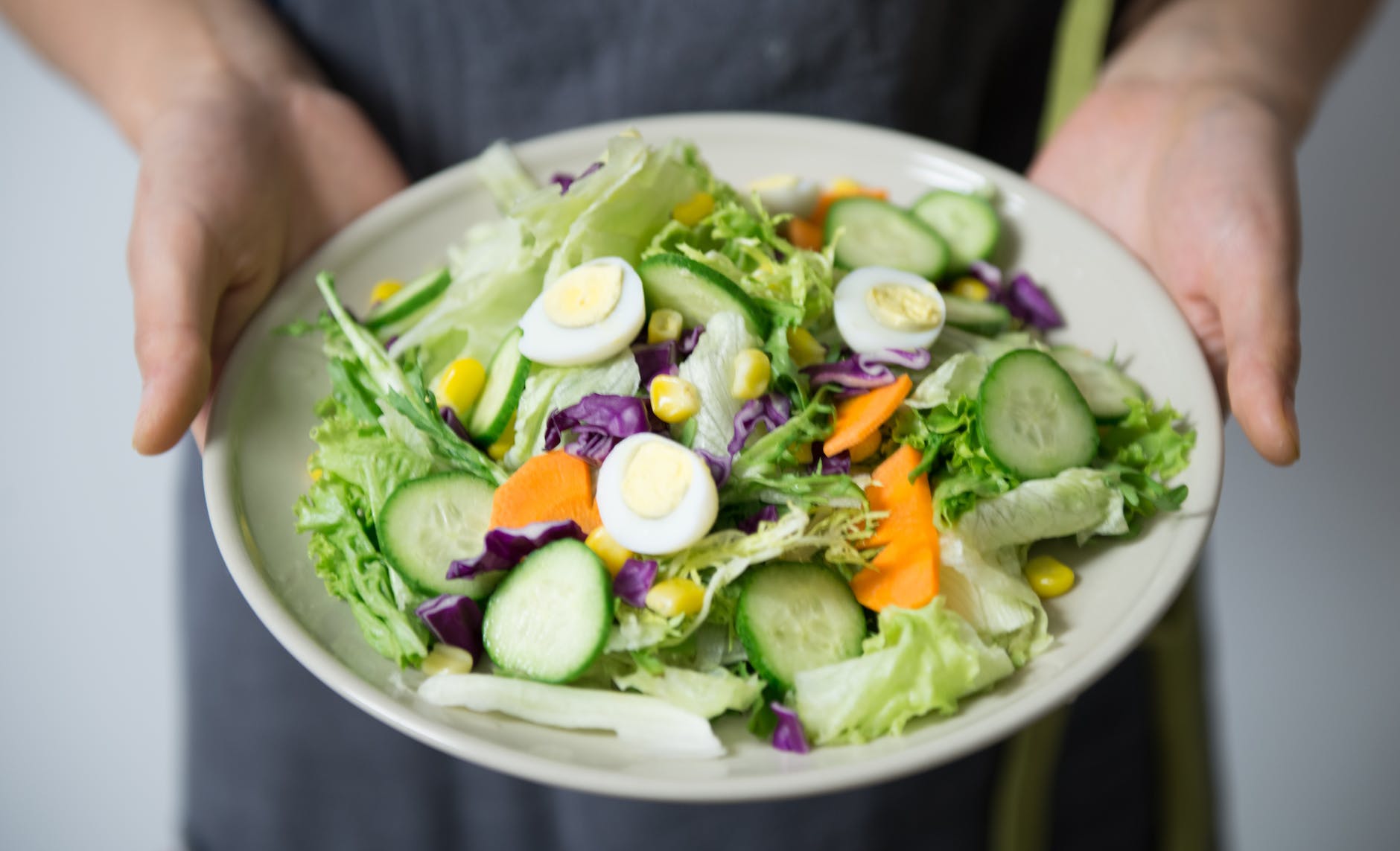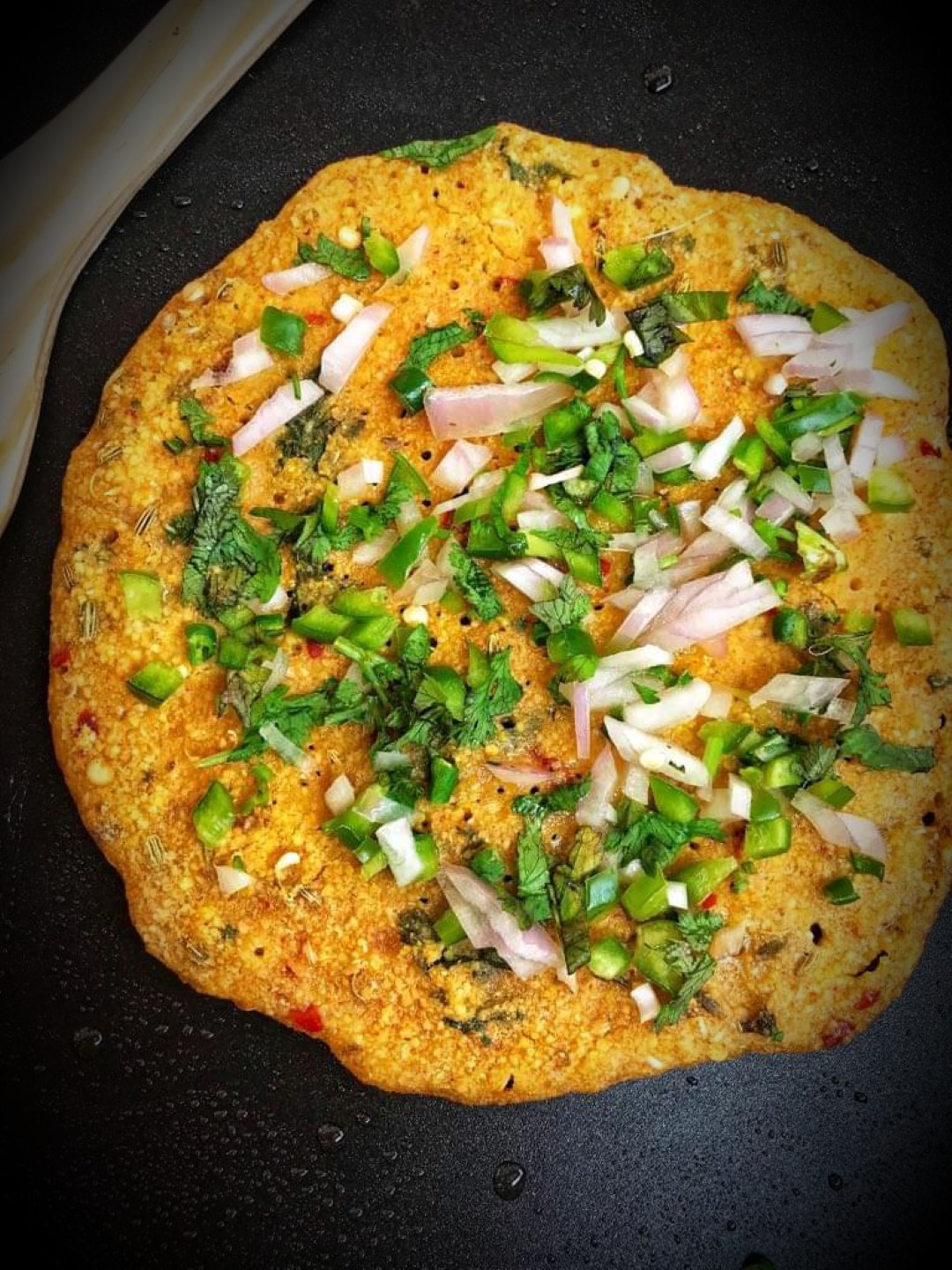
In the vast world of nutrition, protein stands tall as one of the most discussed, debated, and desired macronutrients. Whether you’re a fitness enthusiast aiming for muscle gains, someone on a weight loss journey, or just a health-conscious individual, the quest for adequate protein is a common thread that binds many of us. But how much protein is “adequate”? And more importantly, how do we achieve our protein goals, especially when our dietary choices and preferences vary so widely?
From the lush green fields of vegetarianism and the deep blue seas of pescatarianism to the vast expanse of veganism and the all-encompassing realm of omnivores, our diets are as diverse as our cultures. Yet, the challenge remains: how do we tailor our protein intake to fit our unique dietary landscapes?
In this comprehensive guide, we’ll embark on a journey through various diets, exploring strategies to achieve protein goals ranging from 100g to 200g and even beyond. Whether you’re a tofu lover, a seafood aficionado, a meat enthusiast, or someone who dabbles in everything, there’s a protein-rich path awaiting you. So, let’s dive in and discover the delicious, nutritious, and protein-packed world that caters to every palate and preference.
1. Vegetarian Path to Protein:
The vegetarian diet, rich in colorful vegetables, grains, legumes, and dairy, offers a plethora of options for those seeking to boost their protein intake. Contrary to popular belief, a vegetarian diet can be just as protein-rich as its meat-inclusive counterpart. The key lies in understanding the sources and crafting a balanced meal plan.
How to Eat 100 Grams of Protein a Day
Starting with a modest goal of 100g of protein daily, a vegetarian can easily achieve this with a combination of legumes, dairy, and grains.
- Breakfast: Kickstart your day with a bowl of Greek yogurt topped with almonds and chia seeds. Pair it with a slice of whole grain toast smeared with peanut butter.
- Lunch: Dive into a hearty lentil soup or a chickpea salad sprinkled with feta cheese. Accompany it with quinoa or brown rice for that extra protein punch.
- Dinner: A tofu stir-fry with an array of vegetables, seasoned with soy sauce and sesame seeds, can be both flavorful and protein-rich.
- Snacks: Consider munching on roasted chickpeas, cheese sticks, or a handful of mixed nuts.
How to Eat 150 Grams of Protein a Day
Scaling up to 150g requires a bit more planning, but it’s entirely achievable.
- Breakfast: Add a protein shake to your morning routine. Blend some spinach, Greek yogurt, almond milk, and a scoop of vegetarian protein powder.
- Lunch: Opt for a spinach and paneer (cottage cheese) curry with whole grain roti. The combination of dairy and greens offers a wholesome protein intake.
- Dinner: Tempeh or seitan can be excellent additions. Try a tempeh burger or a seitan steak seasoned to perfection.
- Snacks: Protein bars or a glass of milk can be great additions to bridge any protein gaps.
How to Eat 200 Grams of Protein a Day
For those aiming for the ambitious 200g mark, supplementation might become essential.
- Breakfast: Double up on the protein shake, and perhaps add an egg-white omelette with spinach and cheese.
- Lunch: A hearty bean and cheese burrito, complemented with a side of guacamole, can be both satisfying and protein-rich.
- Dinner: Consider a large portion of lentil and vegetable stew, paired with protein-enriched pasta.
- Snacks: Incorporate more protein shakes or bars. Edamame or roasted soybeans can also be a crunchy, protein-packed snack.
Remember, while protein is essential, it’s crucial to maintain a balanced diet. Ensure you’re also getting ample vitamins, minerals, and other nutrients. Stay hydrated, and listen to your body’s cues. Up next, we’ll dive into the world of pescatarians and explore the ocean’s offerings!
2. Pescatarian Protein Powerhouse:
Pescatarians enjoy a unique advantage in the protein game. Seafood is not only a rich source of protein but also offers essential omega-3 fatty acids, which are beneficial for heart health. From the lightness of fish to the richness of shellfish, the ocean provides a vast array of protein sources.
How to Eat 100 Grams of Protein a Day
Even with a moderate goal, pescatarians have a plethora of options.
- Breakfast: Begin with a smoked salmon bagel topped with cream cheese and capers. Pair it with a side of scrambled eggs for an extra protein boost.
- Lunch: A shrimp salad with mixed greens, avocado, and cherry tomatoes, drizzled with olive oil and lemon juice, is both refreshing and protein-rich.
- Dinner: Grilled tilapia or cod, seasoned with herbs and lemon, served alongside quinoa or brown rice, can be a delightful main course.
- Snacks: Consider seaweed snacks, or even a tuna salad on whole grain crackers.
How to Eat 150 Grams of Protein a Day
Aiming higher? The sea has got you covered.
- Breakfast: Add a protein shake with a base of almond milk, blended with berries and a scoop of protein powder.
- Lunch: Dive into a hearty seafood chowder, brimming with clams, mussels, and shrimp. Pair it with a slice of whole grain bread.
- Dinner: A seafood paella, rich with saffron-infused rice, shrimp, mussels, and squid, can be both a treat to the taste buds and a protein powerhouse.
- Snacks: Sardines on toast or oysters can be a great way to boost protein intake.
How to Eat 200 Grams of Protein a Day
For those venturing into the deep end of the protein pool:
- Breakfast: Consider a larger portion of smoked salmon, or even a seafood omelette with shrimp and crab meat.
- Lunch: A tuna steak salad, with greens, olives, and feta, can be a protein-packed midday meal.
- Dinner: Opt for a mixed seafood grill, featuring salmon, prawns, and scallops. Pair it with a lentil side dish for added protein.
- Snacks: More frequent protein shakes, or even a bowl of ceviche, can help meet this ambitious goal.
As with any diet, variety is key. While seafood offers a plethora of protein options, ensure you’re also consuming a diverse range of fruits, vegetables, grains, and legumes. Up next, we’ll explore the vibrant and diverse world of veganism, showing that you don’t need animal products to meet your protein goals!
3. Vegan Victory in Protein Pursuit:
Vegans abstain from all animal products, relying solely on plant-based foods. Yet, the plant kingdom is abundant with protein sources, from legumes and grains to nuts and seeds.
How to Eat 100 Grams of Protein a Day
Starting with a foundational goal, vegans have a variety of tasty options.
- Breakfast: A smoothie bowl made with almond milk, mixed berries, chia seeds, flaxseeds, and a scoop of vegan protein powder can be a delightful start.
- Lunch: A chickpea and avocado wrap, sprinkled with nutritional yeast (a vegan source of B12 and protein), offers both taste and nutrition.
- Dinner: A hearty lentil and vegetable curry, served with brown rice or quinoa, can be both filling and protein-rich.
- Snacks: Roasted edamame, hummus with carrot sticks, or a handful of mixed nuts.
How to Eat 150 Grams of Protein a Day
Scaling up? Here’s how you can achieve it:
- Breakfast: Vegan protein pancakes topped with almond butter and hemp seeds can be a delicious choice.
- Lunch: A quinoa and black bean salad, dressed with tahini and lemon, offers a protein punch.
- Dinner: Tofu stir-fry with broccoli, bell peppers, and cashews, seasoned with tamari and sesame oil.
- Snacks: Vegan protein bars, or a shake made with soy milk and vegan protein powder.
How to Eat 200 Grams of Protein a Day
For those aiming for the stars:
- Breakfast: A hearty tofu scramble with spinach, tomatoes, and black beans, seasoned with turmeric and black salt.
- Lunch: Seitan steak with a side of bulgur wheat salad, packed with cucumbers, tomatoes, and parsley.
- Dinner: A chickpea and spinach stew, served with protein-enriched vegan pasta.
- Snacks: More frequent protein shakes, tempeh strips, or roasted chickpeas.
Remember, while protein is crucial, it’s essential to ensure a balanced intake of other nutrients, especially Vitamin B12, Omega-3s, and Iron, which can be challenging on a vegan diet. Fortified foods, supplements, and diverse meal planning can help address these needs. In our next section, we’ll delve into the world of omnivores, where the vast expanse of food choices offers a unique advantage in the protein game!
4. Omnivore’s Optimal Protein Guide (For those who eat everything):
Omnivores have the culinary world at their fingertips. From the land to the sea, and everything in between, the choices are vast. This section will guide those who enjoy a bit of everything on how to achieve their protein goals without compromising on taste or health.
How to Eat 100 Grams of Protein a Day
With a diverse plate, reaching 100g is a breeze.
- Breakfast: A classic omelette with spinach, mushrooms, and cheese, paired with a slice of whole grain toast and avocado.
- Lunch: A grilled chicken salad with mixed greens, cherry tomatoes, olives, and feta, drizzled with olive oil and balsamic vinegar.
- Dinner: A serving of spaghetti with marinara sauce, ground turkey, and a sprinkle of parmesan.
- Snacks: Greek yogurt with honey and almonds, or a handful of trail mix.
How to Eat 150 Grams of Protein a Day
Aiming a bit higher? Here’s your plan:
- Breakfast: Whole grain waffles topped with cottage cheese, berries, and a drizzle of maple syrup.
- Lunch: A tuna wrap with lettuce, cucumber, and a touch of mayo, paired with a side of lentil soup.
- Dinner: Beef stir-fry with bell peppers, broccoli, and cashews, served over brown rice.
- Snacks: Protein shake with milk, banana, and a scoop of protein powder; or cheese sticks.
How to Eat 200 Grams of Protein a Day
For the ambitious protein seekers:
- Breakfast: Steak and eggs with a side of roasted sweet potatoes.
- Lunch: A hearty chickpea and chicken curry, served with quinoa.
- Dinner: Salmon fillet grilled with lemon and herbs, accompanied by a side of green beans almondine.
- Snacks: More frequent protein shakes, a bowl of edamame, or turkey jerky.
Being an omnivore offers the flexibility to mix and match from various food groups. However, it’s essential to ensure that the diet remains balanced. While focusing on protein, don’t forget the importance of fiber, healthy fats, vitamins, and minerals. In our upcoming sections, we’ll address the importance of a holistic approach to diet and debunk some common protein myths.
5. Balancing Protein with Overall Nutrition:
While protein is a vital macronutrient, it’s essential to remember that it’s just one piece of the nutritional puzzle. A well-rounded diet ensures that our bodies receive all the necessary nutrients to function optimally.
- Carbohydrates: Often dubbed as the body’s primary energy source, carbs are crucial. Opt for complex carbohydrates like whole grains, fruits, and vegetables for sustained energy and fiber.
- Fats: Healthy fats, such as those found in avocados, nuts, seeds, and olive oil, support cell function and energy. They also aid in the absorption of certain vitamins.
- Vitamins & Minerals: From bone health to immune function, vitamins and minerals play a myriad of roles. Ensure a colorful plate to get a spectrum of these essential micronutrients.
- Hydration: High-protein diets can demand more from our kidneys. Drinking ample water supports kidney function and aids in muscle recovery.
- Fiber: Especially important for those increasing their protein intake through red meat, fiber aids digestion. Legumes, whole grains, fruits, and vegetables are excellent sources.
6. Common Myths and Misconceptions About Protein:
With the rise in popularity of high-protein diets, several myths have emerged. Let’s set the record straight.
- Myth 1: More Protein Means More Muscle: While protein is essential for muscle repair and growth, simply consuming more protein won’t translate to bigger muscles. Strength training and overall caloric intake play significant roles.
- Myth 2: Plant-based Proteins are Incomplete: While it’s true that some plant-based sources don’t have all essential amino acids, combining different sources (like beans and rice) can provide a complete protein profile.
- Myth 3: High Protein Diets are Harmful to the Kidneys: For individuals with healthy kidneys, a high-protein diet isn’t harmful. However, those with existing kidney issues should consult a healthcare professional.
- Myth 4: Protein Supplements are Only for Athletes: While athletes might have higher protein needs, anyone falling short of their protein goals can benefit from supplements.
In our final sections, we’ll offer some handy tips for seamlessly boosting protein intake and provide additional resources for those keen on diving deeper into the world of protein.
7. Tips for Everyone: Boosting Protein Intake:
Whether you’re a vegan, vegetarian, pescatarian, or omnivore, there are universal strategies to enhance your protein intake without drastically altering your diet.
- Protein-Packed Start: Begin your day with a protein-rich breakfast. This not only provides sustained energy but also ensures you’re on the right track from the get-go.
- Smart Snacking: Swap out low-protein snacks for options like nuts, seeds, Greek yogurt, or even a protein shake.
- Diverse Sources: Rotate your protein sources to ensure you’re getting a range of amino acids and other nutrients. This is especially important for plant-based eaters.
- Read Labels: When shopping, glance at the nutrition label. Some foods might surprise you with their protein content!
- Cook Smart: Consider methods like roasting, grilling, or baking to retain the maximum protein content in foods.
- Stay Hydrated: As you up your protein, ensure you’re drinking enough water to support digestion and overall health.
8. Additional Resources:
For those eager to delve deeper, here are some resources to guide you on your protein journey:
- Protein Content Charts: These charts, available online, detail the protein content in common foods, making meal planning easier.
- Nutrition Tracking Apps: Apps like MyFitnessPal or Cronometer can help you monitor your protein intake and ensure you’re meeting your goals.
- Books: Titles like “The Protein Power” and “The Plant-Based Solution” offer in-depth insights into protein’s role in our diets.
- Consult a Nutritionist: If you’re unsure about your protein needs or how to meet them, consider consulting a nutritionist. They can provide personalized advice and meal plans.
Conclusion:
The world of protein is vast and varied. Regardless of dietary choices or preferences, there’s a path for everyone to meet their protein goals. It’s about exploration, understanding, and making informed choices. As you embark on your protein journey, remember to enjoy the process, savor the foods, and always listen to your body. Here’s to a protein-packed future!
Frequently Asked Questions (FAQs):
- What are the top protein sources for vegetarians? Vegetarians can rely on a variety of protein-rich foods such as lentils, chickpeas, quinoa, tofu, tempeh, Greek yogurt, paneer (cottage cheese), and almonds. Combining different sources can also ensure a complete amino acid profile.
- How can vegans ensure they’re getting complete proteins? While some plant-based sources might lack certain essential amino acids, combining foods like beans and rice or hummus and whole grain bread can provide a complete protein profile. Additionally, foods like quinoa and hemp seeds are complete proteins on their own.
- Is seafood a good source of protein for pescatarians? Absolutely! Seafood, including fish like salmon, mackerel, and tuna, as well as shellfish like shrimp and mussels, are excellent sources of protein. They also provide beneficial omega-3 fatty acids.
- How can I increase my protein intake without consuming too many calories? Opt for lean protein sources like chicken breast, turkey, tofu, or legumes. Additionally, consider protein powders or supplements as they can provide a significant protein boost without many additional calories.
- Are protein supplements safe and effective? Most protein supplements, when used as directed, are safe for healthy individuals. They can be an effective way to meet protein goals, especially for those with higher needs or dietary restrictions. However, it’s essential to choose high-quality supplements and consult with a healthcare professional if unsure.
- Do high-protein diets have any side effects? While many people tolerate high-protein diets well, potential side effects can include digestive issues, kidney strain, or nutrient imbalances. It’s crucial to ensure a balanced diet and stay hydrated, especially when consuming significant amounts of protein.
- How much protein do I really need daily? Protein needs vary based on factors like age, activity level, and health goals. On average, adult women require about 46-56 grams per day, and adult men need around 56-91 grams. However, these numbers can increase for active individuals or those aiming for specific fitness goals.
Blog Tags: Protein Intake, Vegetarian Protein, Vegan Nutrition, Pescatarian Diet, Omnivore Protein, Protein Myths, Protein Supplements, High-Protein Recipes, Balanced Diet, Protein Goals, Muscle Building, Plant-Based Protein, Seafood Protein, Protein FAQ, Nutrition Tips














